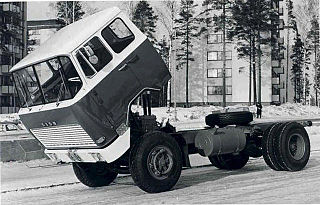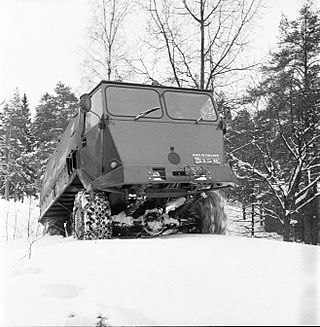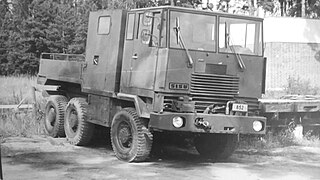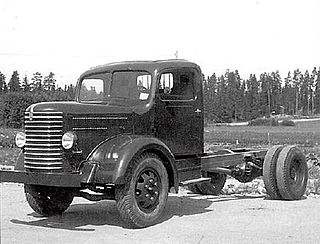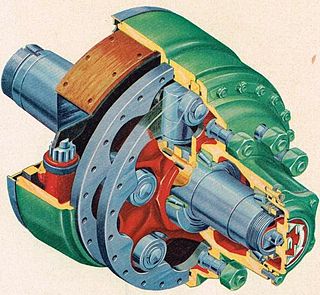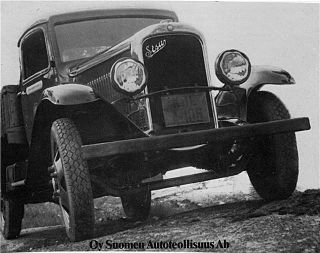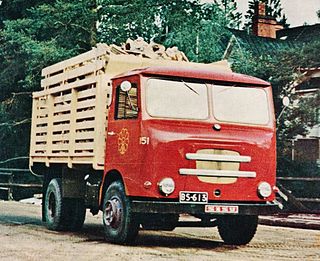| Sisu KB-124 and KB-121 | |
|---|---|
 | |
| Overview | |
| Manufacturer | Oy Suomen Autoteollisuus Ab |
| Also called | Nalle-Sisu |
| Production | |
| Assembly | Karis, Finland |
| Body and chassis | |
| Layout | 4×2 |
| Powertrain | |
| Engine | Sisu petrol and Ford diesel engines 52.2–62.7 kW (70.0–84.1 hp) → table |
| Transmission | 4+1 manual; 2nd, 3rd and 4th gears with synchromesh [4] [5] |
| Dimensions | |
| Wheelbase | 2,500–4,000 mm (98.4–157.5 in) → table |
| Chronology | |
| Predecessor | Sisu KB-24 |
Sisu KB-124 was a two-axle lorry and special vehicle chassis made by the Finnish heavy vehicle manufacturer Suomen Autoteollisuus (SAT). It was a six-tonne delivery lorry which was developed to follow the KB-24. The KB-124 was produced from 1961 until 1968, when it was replaced by the similar KB-121 with increased permitted load. Production ceased in about 1972.
Contents
- Development
- Production
- Technical data
- Engine
- Chassis and transmission
- Cabin and superstructures
- Dimensions and weights
- Characteristics
- Sources
- References
The marketing name for the vehicle was Nalle-Sisu, "Teddy-Bear-Sisu". In addition to lorries, the chassis was bodied as fire engines, mobile shops and small buses by coachbuilders.





